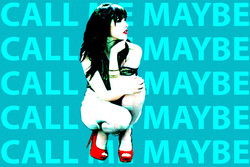 "Call me, maybe?" (image credit http://popdust.com/2012/06/19/carly-rae-jepsen-call-me-maybe-lyrics-analysis/)
"Call me, maybe?" (image credit http://popdust.com/2012/06/19/carly-rae-jepsen-call-me-maybe-lyrics-analysis/) I’m really not able to say, just like I can’t say what caused the “it’s peanut butter jelly time” dancing banana to take off. I guess people on the internet really have a penchant for taking short clips of comical figures, pairing them with a short pithy statement, and using it to charm fellow internet users with a laugh, in an endless pursuit of a million Facebook likes. Or maybe it stems from Twitter’s 140 character limit rule; it really forces us to make the message small and compact. Just as Josh Billings said: “There’s great power in words, if you don’t hitch too many of them together.”
Take the lyrics from this catchy song from Carly Rae Jepsen:
“Hey I just met you
And this is crazy
But here’s my number
So call me maybe”
They should sound fairly familiar, considering they are from a song that placed high on the Billboard charts (this means it was widely played!) and its election as Song of the Year in 2012 by MTV (this means… actually, I have no idea). Also, if you have kids in the age range of 10-18 or even early 20’s, if you happen to catch a little of their music, you’ve probably heard this song before. Although these lyrics represent just a snippet of the song, they are probably the most highly quoted.

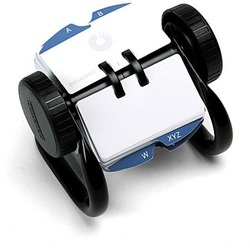
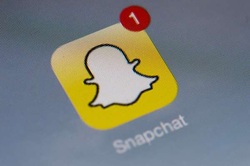
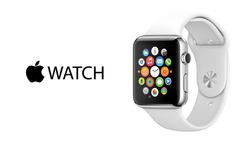
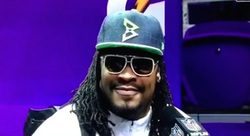
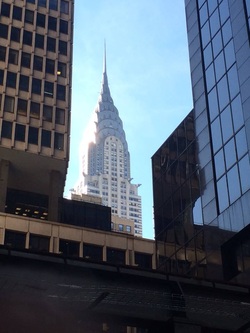
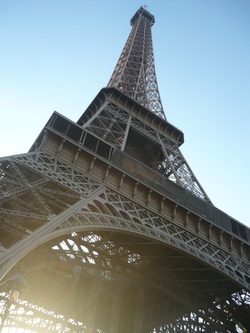
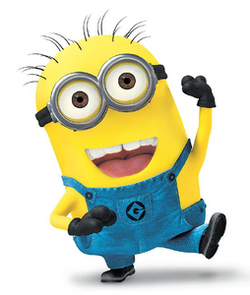
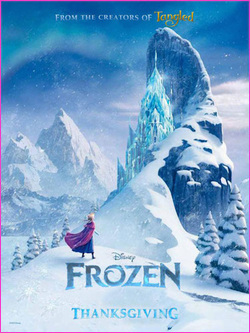

 RSS Feed
RSS Feed